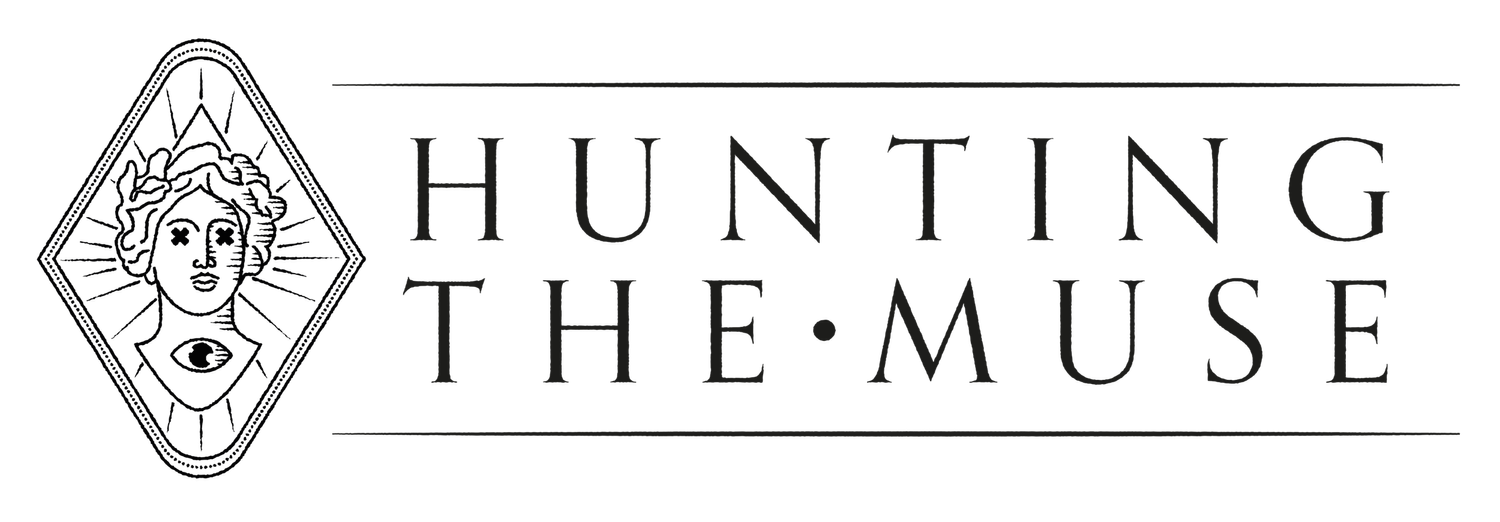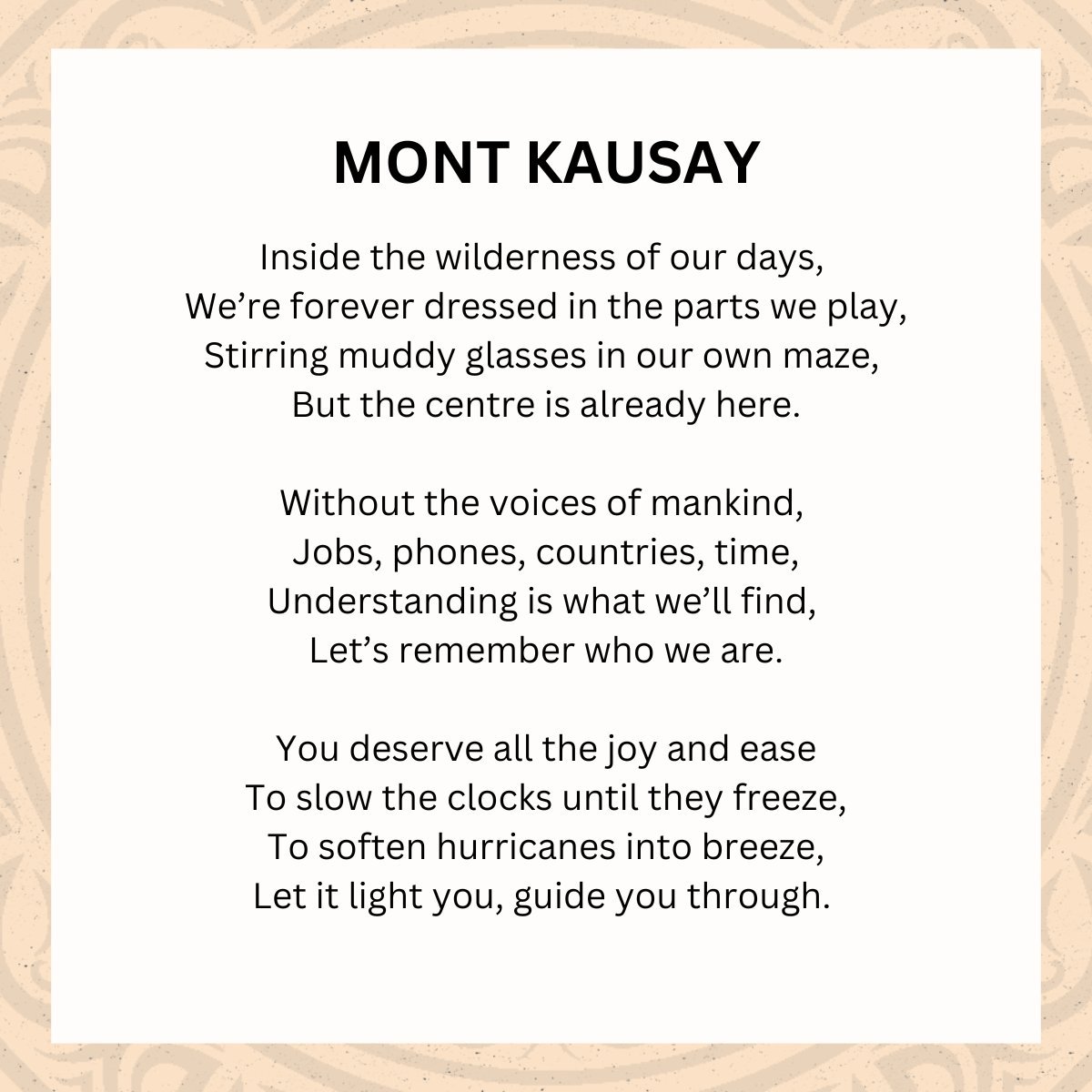Want to feel like a child again? Here’s what to expect on a silent retreat
I found meditation at an anxious time when I didn’t know how to slow down.
Although I’m thankful for what it’s given me over six years, the pressures of mature life still find a way through.
Perhaps you’ve felt the same: meditation doesn’t quite fill you with wonder like it did when you first started. I’ve been chasing that heightened wonder ever since my first successful meditations.
A silent retreat refreshes your perspective on meditation and you discover that wonder again.
In this article I will recount my silent retreat experience and answer the main questions I’ve been asked since, so you know if it’s something you will enjoy.
I’ll also cover the benefits I felt, and how the retreat has impacted me ever since.
How does a silent retreat work?
Your days at a silent retreat feel like a full, multi-day meditation in complete silence. Activities include guided and silent meditation, walking, resting, and spending time alone. By removing all distractions, you can learn many things about your thoughts, emotions, senses, and imagination.
My 5-day silent retreat experience was at Kausay Community in Valencia, Spain. Kausay is a family-led community with a vision to live off-grid in nature simply and sustainably. The community has created a hard-earned atmosphere of togetherness and safety.
I’ve heard some Vipassana retreats can stretch between 7-10 days without a schedule, leaving you to confront the silence alone. This could be overwhelming if it’s your first experience.
Kausay led a schedule that allowed us to draw the maximum from our retreat experience. You were free to join or not join any of the programs you wanted. A typical day at the silent retreat was:
Morning: Wake up at 8am with a yoga session, eat breakfast, silent meditation, guided meditation, walking meditation.
Afternoon: Eat lunch, rest, silent meditation, dharma talk by our guide.
Evening: Silent meditation, eat dinner, special program (singing bowls, gong, dance, or other meditation).
Video highlights of Kausay Community’s silent retreat
Were there any rules on the retreat?
As long you’re aware you’re going be going through days of complete silence and meditation, the rules of the silent retreat are quite obvious:
Mobile phone use was highly ill-advised (there was no phone signal anyway), but you could still take photos or videos.
You could laugh, cry, sneeze, cough, but you should make a real effort not to break the silence by talking. That way, you are bonded with the group to more deeply experience the reason you were there.
You could read non-fiction books, but we were encouraged to question: why would you choose to read? Would the book offer answers you’re seeking, or would it just be a distraction from your thoughts?
Lastly, we were to respect others in a judgment-free zone. Everyone’s on their own journey. Some people may break the silence, and that’s ok—you don’t win a medal at the end for completing it.
What was it like being in silence?
After the introductory lunch where we met the people we’d not speak with for 5 days (a tense feeling), we were welcomed inside a colorful and peaceful meditation yurt. We asked our final questions, and after a break, the silence began.
In those silent moments I realized how loud the inside of my head is. Stupid songs from the 90s would pop out of nowhere. Phrases would loop round and round. Random memories revealed themselves.
But after some time in the silence between the many blissful meditation sessions and the small struggles, you become fully present. The world becomes magnified: the sights, sounds, smells, tastes.
It’s in this state of presence you feel without concern and fascinated by the simple things. You feel imaginative like a child again.
During one of the three ‘dharma talks’ on the retreat, our guide Ellen told us that ‘mindfulness’ is a common translation of the Buddhist term ‘Sati’.
But she wasn’t satisfied with this translation.
‘Sati’ could also be translated as ‘remember’. In this sense, mindfulness was interpreted as a tool for us to return to who we really are. To step out of the stimuli around us and sink into our purest selves.
What did I get from the silent retreat?
I know, it all sounds hippy-dippy ☮️ peace and love.
Trust me, I started the retreat skeptical, too. But over time, as I became more relaxed, the skepticism melted away. This was an enriching experience unlike any other.
Many people come to a retreat to try and ‘figure out’ what next step they should take in life. I, and others, found that we didn’t think of any of that ‘important’ stuff at all.
Instead, the retreat showed me where my mind went when it had nothing to distract it: what I enjoy most, and what drives me. In the days of silence, I felt the need to create and to let my imagination run wild.
A retreat is a chance to listen to the voice inside you. Once you remove all stimuli, including the opinions of others, your mind settles and you achieve clarity. As the Buddha said:
“If you let cloudy water settle, it will become clear. If you let your upset mind settle, your course will also become clear.”
What is a silent retreat good for
People were at the retreat for many reasons: phone addiction, uncertainty over their next move, exploration of their coupledom, learning about meditation therapy, curiosity…
I can only speak to my own experience. Weeks on, the afterglow of the experience has worn off, but there are still elements of the silent retreat that have benefitted me to this day:
The mindful toolbox: Yoga, meditation, silence, walking meditations, singing bowls, eating meditations… all are tools we can pull out of our toolbox to counter the chaos of everyday life.
The strength from challenges: A silent retreat is not a holiday. It is challenging, and at times you will feel struggle. This struggle can help you believe you can achieve difficult things.
Prioritization: We are human beings, not human doings. Prioritize what makes you feel fulfilled, and cut down your to-do list more than you think. Acts of self-love can be just as effective as meditation.
Mindful walking: When you go for a walk, leave your phone at home, and take your notepad instead. See where your mind takes you.
Breathe: Trust yourself in a difficult experience. Surrender to it. Your breath is your anchor.
Lastly, listen to the voice inside that wants you to do something.
This same voice told me to write a poem on the retreat—a significant moment for me, as I hadn’t written a poem in 10 years.
I’m sharing it below, as it perhaps recounts my silent retreat experience better than I can with this article.
Are you considering a silent retreat experience like the one at Kausay Community?
Drop any questions you have below, or if you already went, tell me what you learned from the experience. I’d love to hear it!




